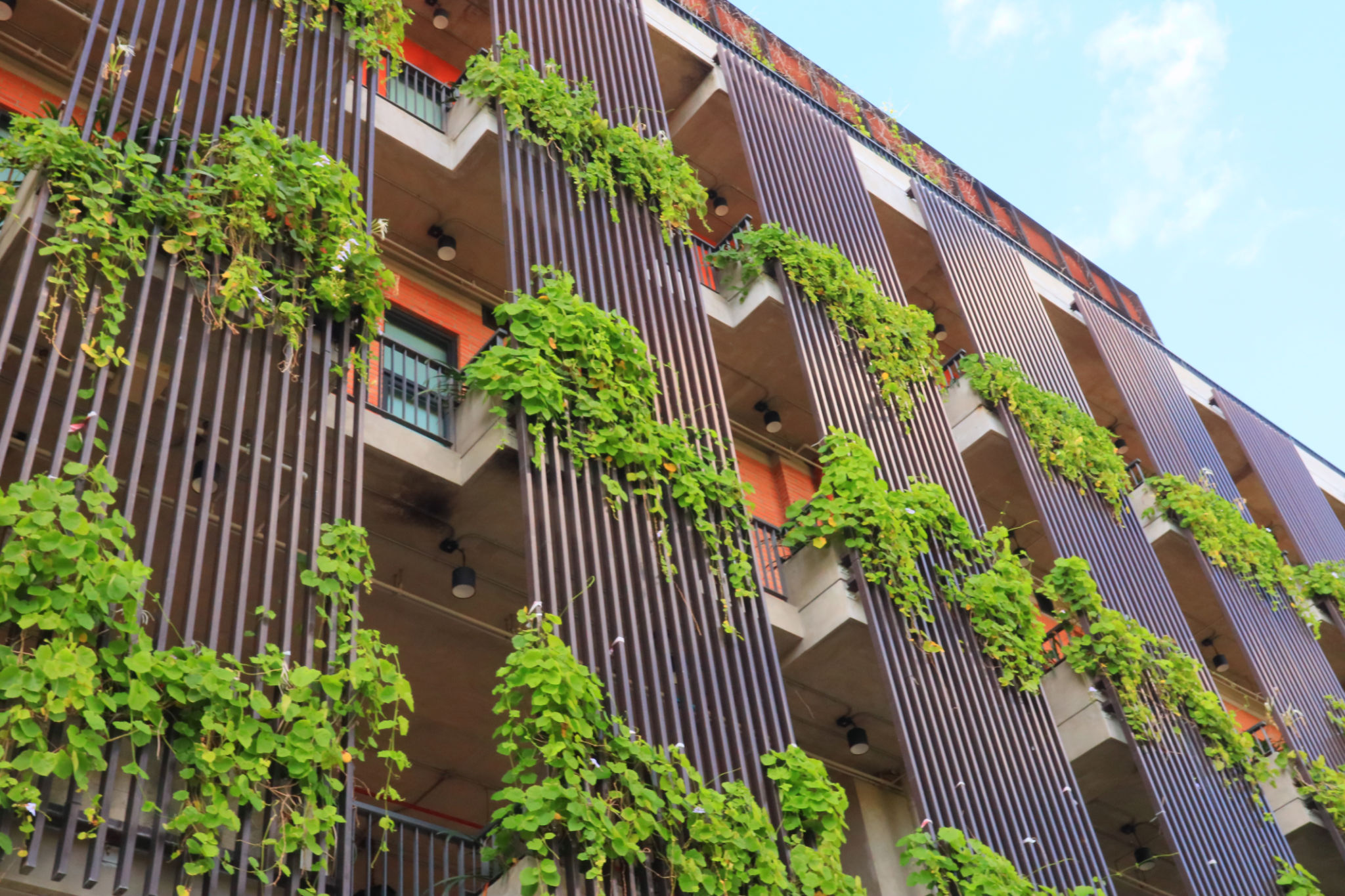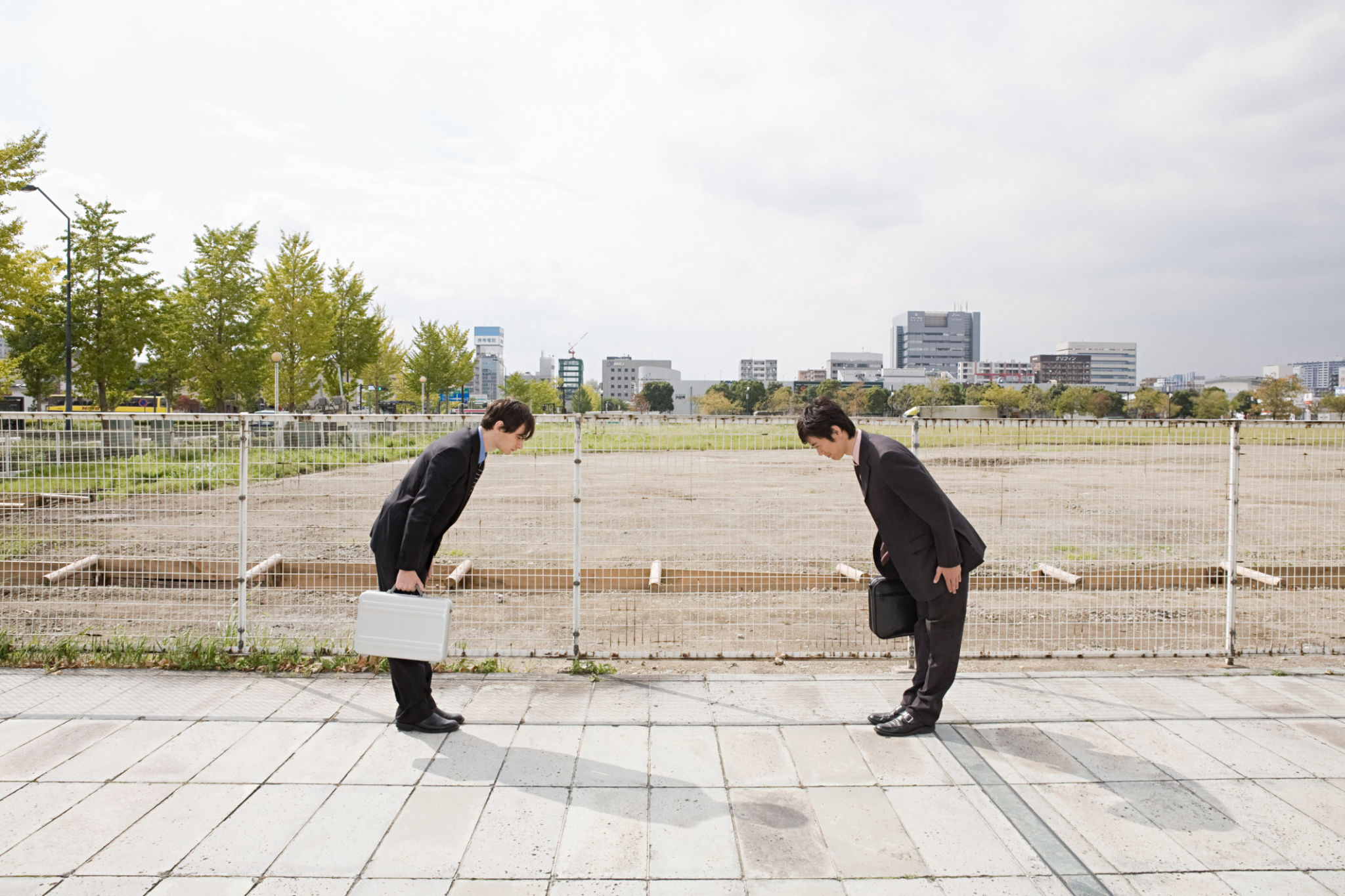Sustainable Building Practices in Texas: A Contractor's Guide
Introduction to Sustainable Building Practices
In recent years, the construction industry in Texas has been increasingly embracing sustainable building practices. This shift is driven by the growing awareness of environmental issues, the desire to reduce carbon footprints, and the need to comply with evolving state regulations. For contractors, understanding and implementing sustainable building practices is not just a trend—it's becoming a necessity for future success.

The Importance of Sustainable Building in Texas
Texas, with its vast landscapes and diverse ecosystems, is uniquely positioned to benefit from sustainable building practices. By adopting these methods, contractors can help preserve natural resources and contribute to a healthier environment. Moreover, sustainable buildings often result in lower operating costs, which can be a significant selling point for clients looking to save on utilities and maintenance.
Environmental Benefits
Sustainable building practices prioritize the use of eco-friendly materials and energy-efficient technologies. By reducing waste and minimizing energy consumption, these practices help decrease the overall environmental impact of construction projects. In Texas, where energy consumption is high due to extreme weather conditions, the implementation of energy-efficient solutions is particularly beneficial.

Economic Advantages
Beyond environmental benefits, sustainable building practices offer economic advantages for contractors. Energy-efficient designs can lead to significant cost savings over time, making projects more attractive to potential customers. Additionally, sustainable buildings often qualify for tax incentives and rebates available through state and federal programs.
Key Sustainable Building Practices
To effectively implement sustainable building practices, contractors should focus on several key areas:
- Energy Efficiency: Incorporating solar panels, high-efficiency HVAC systems, and LED lighting can greatly reduce energy consumption.
- Water Conservation: Implementing rainwater harvesting systems and low-flow plumbing fixtures helps conserve water.
- Material Selection: Using recycled or sustainably sourced materials reduces the environmental impact of construction.
- Site Selection and Design: Choosing sites that minimize environmental disruption and designing buildings to maximize natural light are crucial steps.

Challenges and Solutions
While the benefits of sustainable building are clear, there are also challenges that contractors may face. These include higher upfront costs for sustainable materials and technologies, as well as a potential learning curve for implementing new practices. However, these challenges can be overcome with proper planning and education.
Overcoming Cost Barriers
The initial investment in sustainable technologies may be higher than traditional methods. However, contractors can offset these costs through long-term savings on energy bills and maintenance. Furthermore, educating clients on the financial benefits of sustainable building can help justify the upfront expenses.
Education and Training
Staying informed about the latest developments in sustainable building practices is crucial for success. Contractors should seek out training programs and certifications that focus on green building techniques. Networking with industry professionals and joining organizations dedicated to sustainability can also provide valuable insights.

Conclusion: The Future of Sustainable Building in Texas
As Texas continues to grow and develop, the demand for sustainable building practices will only increase. By adopting these methods now, contractors can position themselves as leaders in the industry and contribute to a more sustainable future for the Lone Star State. Embracing sustainability is not just about meeting current demand—it's about ensuring that Texas remains a thriving place for generations to come.
